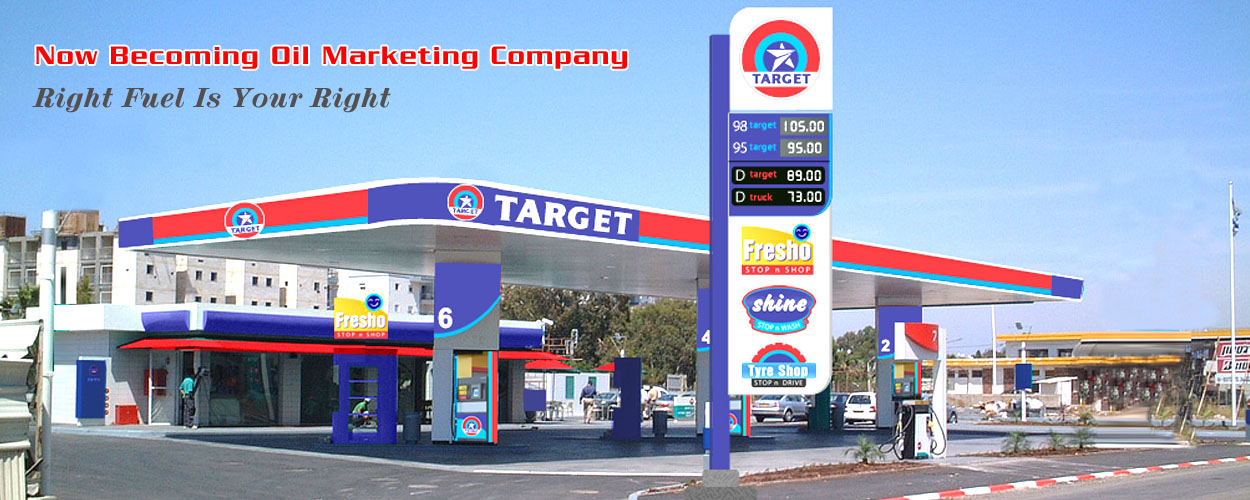Acid
Any substance capable of producing hydrogen ions in solution. An
acid will be neutralized by a base
Acid Number
A measure of the amount of KOH needed to neutralize all or part of
the acidity of a petroleum product.
Additive
Any material added to a base oil to change its properties,
characteristics or performance.
Aniline Point
The lowest temperature at which equal volumes of aniline and
hydrocarbon fuel or lubricant base stock are completely miscible- A
measure ofthe aromatic content of a hydrocarbon blend, used to
predict the solvency of a base stock or the cetane number of a
distillate fuel.
Antifoam
Agent An additive used to suppress the foaming tendency of petroleum
products in service- May be a silicon oil to break up surface bubbles
or a polymer to decrease the number of small entrained bubbles.
Antistatic
Additive An additive that increases the conductivity of a hydrocarbon fuel to
hasten the dissipation of electrostatic charges during high speed
dispensing, thereby reduces the fire/explosion hazard.
Antiwear
Agents Additives or their reaction products, which form thin, tenacious films
on highly loaded parts to prevent metal to metal contact.
Apparent Viscosity
A measure of the viscosity of a non-Newtonian fluid under specified
temperature and shear rate conditions.
Ash
Metallic deposits formed in the combustion chamber and other
engine parts during high temperature operation.
Ash (sulfated)
The ash content of an oil, determined by charring the oil, treating
the residue with sulfuric acid, and evaporating to dryness.
Expressed as % by mass.
ATF
Fluid for automatic, hydraulic transmissions in motor vehicles-
Bactericide
A chemical material added to a fluid to prevent the growth of
bacteria.
Base Number (BN)
A measure of the amount of acid neutralizing additive present in a
lube.
Base oil
Refined petroleum oil used in the production of lubricants and other
products- The base oil may be used alone or blended with other
base oils and / or additives to manufacture a finished lubricant.
Bitumen
Also called asphalt or tar, bitumen is the brown or black viscous
residue from the vacuum distillation of crude petroleum. It also
occurs in nature as asphalt “lakes” and “tar sands”. It consists of
high molecular weight hydrocarbons and minor amounts of sulphur
and nitrogen compounds.
Black oil
Asphaltic materials are added to lubricants used for open gears and
steel cables to impart extra adhesiveness, giving the characteristics
of black color.
Blow-by
Passage of unburned fuel and combustion gases past the piston
rings of internal combustion engines, resulting in fuel dilution and
contamination of the crankcase oil-
Boundary Lubrication
Lubrication between two rubbing surfaces with out the development
of a full fluid lubricating film. It occurs under the high load and
requires the use of antiwear or EP additives to prevent metal to
metal contact.
Bright Stock
A heavy residual lubricant stock with low pour point, used in
finished blends to provide good bearing film strength, prevent
scuffing, and reduce oil consumption. Usually identified by its
viscosity, SUS at 210°F or cSt at 100°C.
Brookfield Viscosity
Measure of apparent viscosity of a non-Newtonian fluid as
determined by the Brookfield viscometer at a controlled temperature
and shear rate.
Cams
Eccentric shafts used in most internal combustion engines to open
and close valves.
Carbon Residue
Coked material remaining after oil has been exposed to high
temperatures under controlled conditions.
Cetane Index
A value calculated from the physical properties of a diesel fuel to
predict its Cetane Number-
Cetane Number
A measure of the ignition quality of a diesel fuel, as determined in a
standard single cylinder test engine, which measure ignition delay
compared to primary reference fuels- The higher the Cetane
Number, the easier a high speed, direct injection engine will start,
and the less “white smoking” and “diesel knock” after start-up.
Cetane Number Improver
An additive (usually an organic nitrate) that boosts the Cetane
Number of a fuel.
Cloud Point
The temperature at which a cloud or haze begins to appear when
an oil, which has been previously fried, is cooled under prescribed
conditions. Such cloud or haze is usually due to separation of wax.
Cold Cranking Simulator (CC 8)
An intermediate shear rate viscometer that predicts the ability of an
oil to permit a satisfactory cranking speed to be developed in a cold
engine.
Compression Ratio
In an internal combustion engine, the ratio of the volume of
combustion space at bottom dead center to that at top dead center.
Copper Strip Corrosion
A qualitative measure of the tendency of a petroleum product to
corrode pure copper
Corrosion Inhibitor
Additive that protects lubricated metal surfaces from chemical
attack by water or other contaminants-
Crown
The top of the piston in an internal combustion engine above the
fire ring, exposed to direct flame impingement.
Demulsibility
A measure of fluids ability to separate from water-
Denaturants
Toxic or noxious components used in fuel ethanol to make it unfrt
for use as beverage.
Density
Mass per unit volume
Detergent/Dispersion
An additive package that combines a detergent with a dispersant.
Detergent
A substance added to a lubricant to keep engine parts clean. In
engine oil formulations, the detergents most commonly used are
metallic soaps with a reserve of basicity to neutralize acids formed
during combustion.
Dilution of Engine Oil
Contamination of crankcase oil by unburned fuel, leading to reduce
viscosity and flash point- May indicate component wear or fuel
system maladjustment-
Dispersant
An additive that helps keep solid contaminants in a crankcase oil in
colloidal suspension, preventing sludge and varnish deposits on
engine parts. Usually nonmetallic (“ash less”), and used in
combination with detergents.
Distillation
The basic test used to characterize the volatility of a gasoline or
distillate fuel.
Elasto hydrodynamic Lubrication (EHD)
A lubricant regime characterized by high unit loads and high speeds
in rolling elements where the mating parts deform elastically due to
the incompressibility of the lubricant film under very high pressure.
Emulsifier
Additive that promotes the formation of a stable mixture, or emulsion of oil and water.






